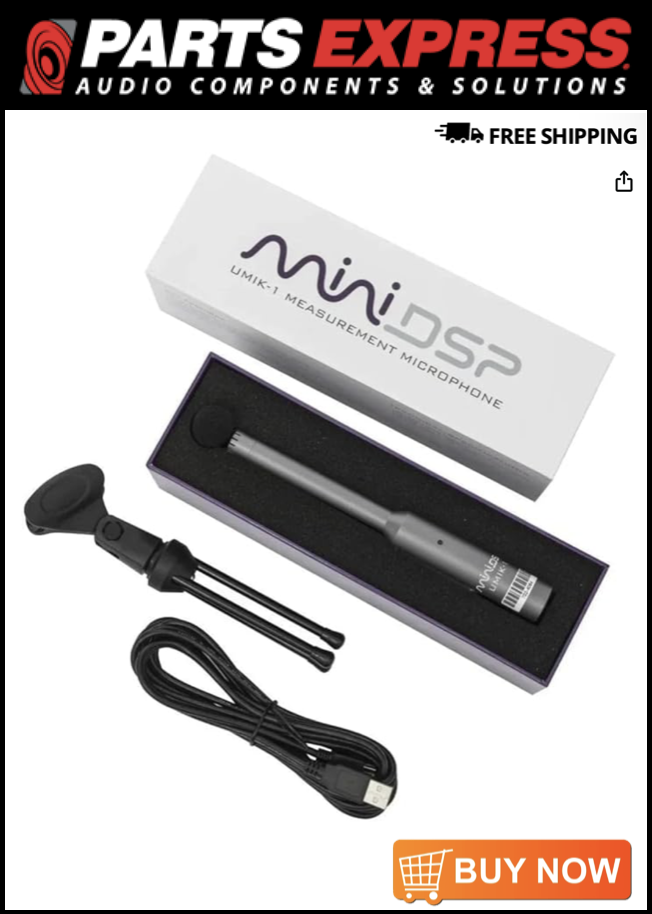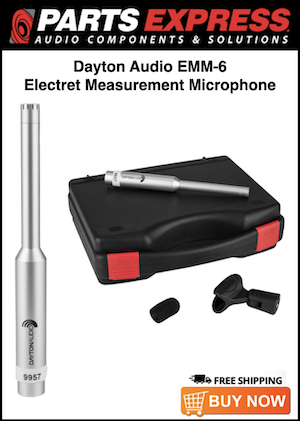wynpalmer
Registered
Thread Starter
- Joined
- Jul 29, 2019
- Posts
- 4
More
- Preamp, Processor or Receiver
- RME ADI-2 PRO FS
- Main Amp
- Benchmark AHB2
- Additional Amp
- Hypex Ncore400
- Other Amp
- Rogue M180
- Front Speakers
- ML Montis
- Subwoofers
- HSU ULS 15 II
For some time now I've been searching for some relatively easy and accurate way to measure the RIAA deemphasis error of various phono preamps.
Absent an Audio Precision or similar tester there didn't seem to be a good way to do it.
I tried measuring it by hand with a signal generator- possible but very, very, tedious and with accuracy of no better than +/-20mdB for any point.
I tried using a white noise WAV file and a rectangular window FFT, and then comparing against the standard, with marginal results.
However, after a small exchange with John Mulcahy, who was as helpful as always, I was finally able to perform measurements that actually agree with the hand ones, but with much greater resolution and accuracy.


These have p-p RIAA errors of 36mdB and 82mdB, and this would not have been possible to measure without the use of very expensive audio test gear if John hadn't done such a spectacular job with his software.
The process is amazingly simple- just use the measure function with a cal file that corresponds to the desired RIAA characteristic vs. frequency. The software tells you if the signal level is OK.
Once there are sufficient entries in the cal table the measurement can reduce the loops shown above to insignificant levels.
I've attached a suitable cal file.
Absent an Audio Precision or similar tester there didn't seem to be a good way to do it.
I tried measuring it by hand with a signal generator- possible but very, very, tedious and with accuracy of no better than +/-20mdB for any point.
I tried using a white noise WAV file and a rectangular window FFT, and then comparing against the standard, with marginal results.
However, after a small exchange with John Mulcahy, who was as helpful as always, I was finally able to perform measurements that actually agree with the hand ones, but with much greater resolution and accuracy.
These have p-p RIAA errors of 36mdB and 82mdB, and this would not have been possible to measure without the use of very expensive audio test gear if John hadn't done such a spectacular job with his software.
The process is amazingly simple- just use the measure function with a cal file that corresponds to the desired RIAA characteristic vs. frequency. The software tells you if the signal level is OK.
Once there are sufficient entries in the cal table the measurement can reduce the loops shown above to insignificant levels.
I've attached a suitable cal file.
Attachments
Last edited:














